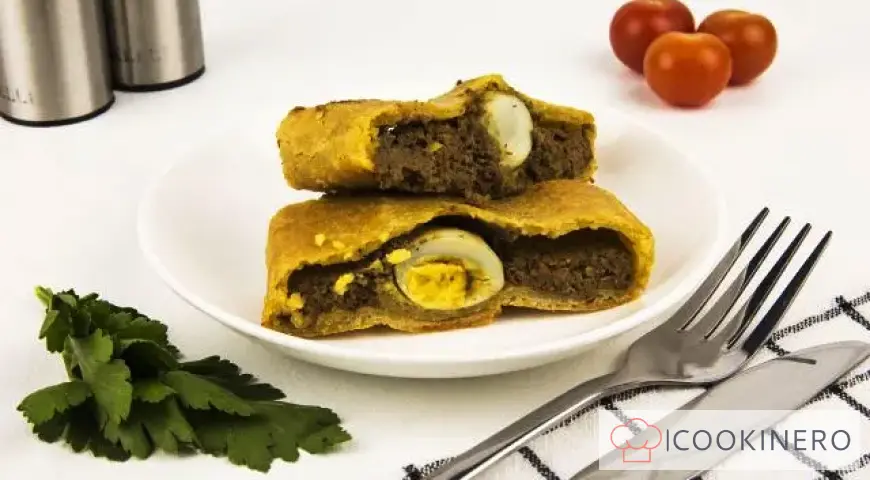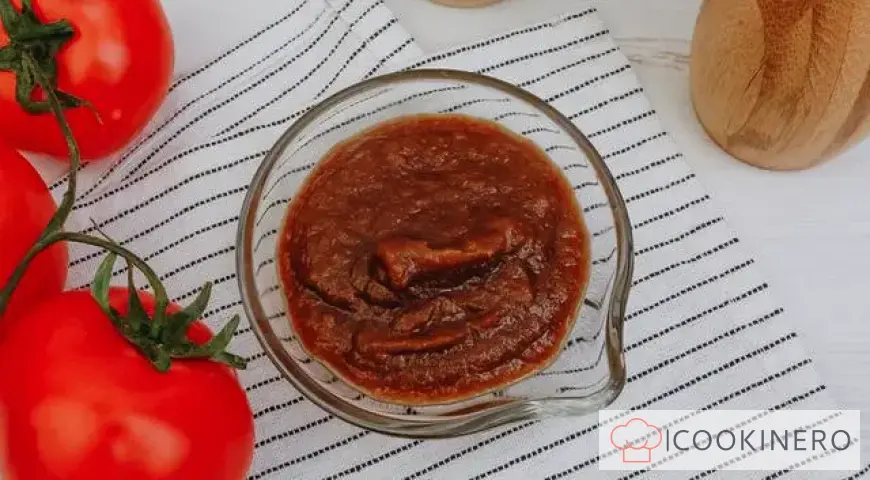Tomato rassolnik
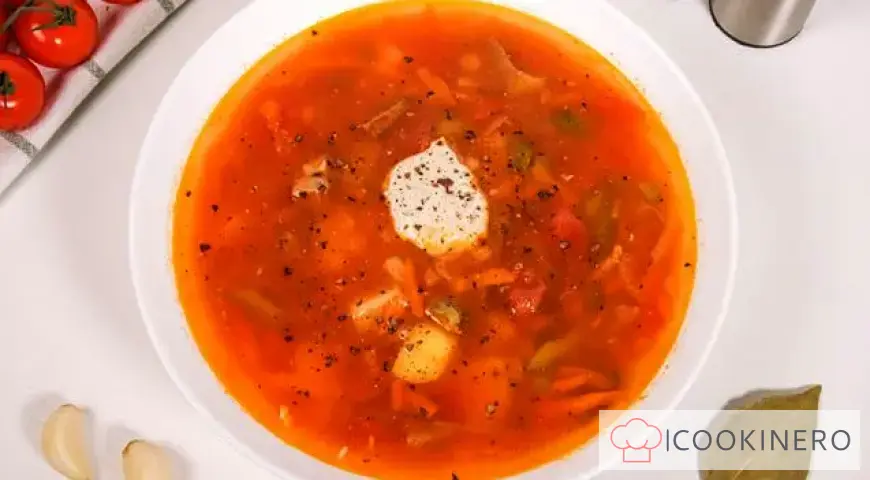
Tomato rassolnik is a spicy version of the usual soup. It is prepared both vegetarian and with meat. Over time, there have been many recipes and options for preparing this first course, but pickles and pearl barley remain the obligatory ingredients of rassolnik. They are what give rassolnik its unique taste and sourness.
How to cook Tomato rassolnik
Step 1
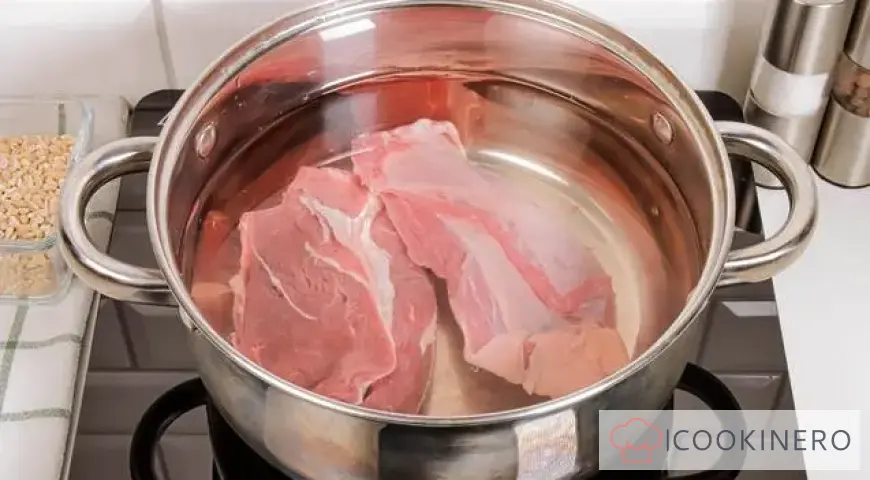
Put any meat, such as pork, into boiling water. Add salt and black pepper to the boiling broth. Leave to simmer on low heat for about 1.5 hours.
Step 2

Peel the carrots and grate them on a coarse grater.
Step 3

Peel and chop the onion.
Step 4
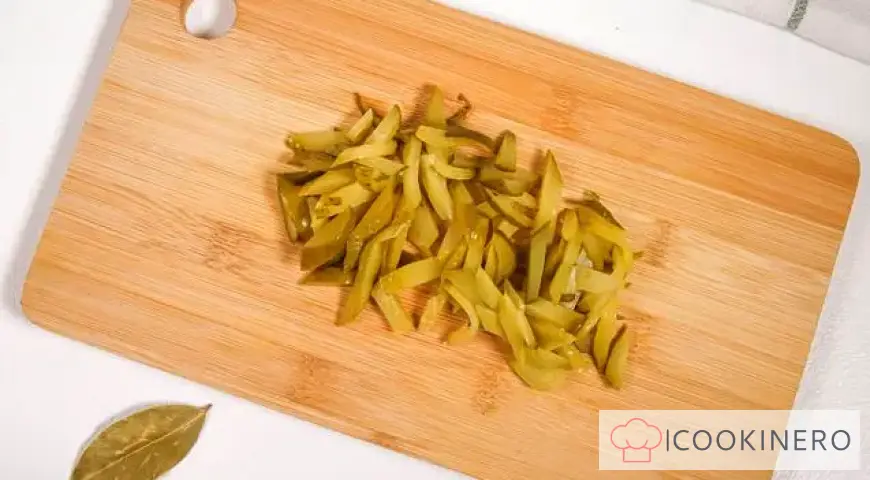
Cut the pickles into strips.
Step 5

Peel the garlic and grate it on a fine grater.
Step 6

Peel the potatoes and cut into cubes.
Step 7

Fry the onion, carrot and garlic in a frying pan. Add the tomato paste and stir.
Step 8

Remove the cooked meat from the broth and cut it into small pieces. Put pearl barley into the broth and cook it until done. Then add the chopped potatoes. Cook for about 10 minutes.
Step 9
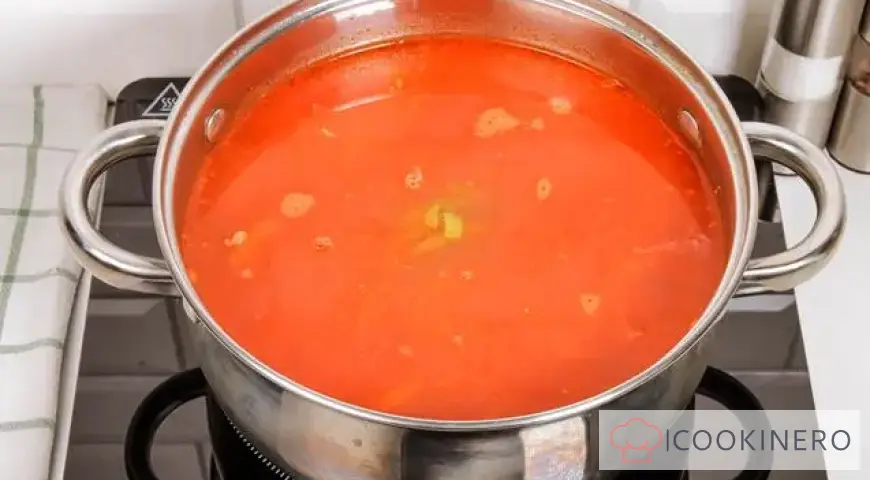
Add the fried vegetables, meat, pickles, tomato juice and bay leaf to the pan. Stir and leave to simmer over low heat for about 10 minutes. The tomato rassolnik is ready.
Tomato rassolnik - FAQ About Ingredients, Baking Time and Storage
Reviews: 0
0 Overall ratingHave you already prepared this recipe? Tell what you think.
Write a review
Trending

Armenian Lavash Roll with Stuffing
Perhaps the most versatile dish you can think of is a lavash roll with filling, because you can stuff lavash with whatever your heart desires. Lavash with vegetables, with salad, with canned fish, sweet lavash with cottage cheese. The choice of filli
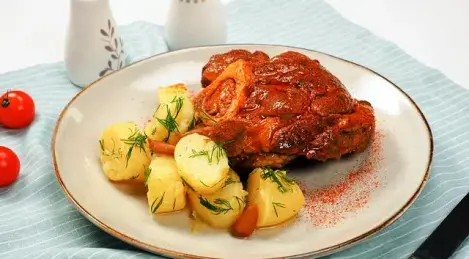
Beef knuckle
The special value of the beef knuckle (the lower part of the beef carcass leg) is the marrow bone, rich in nutrients. The recipe recommends using meat from young animals no more than 20 months old. It can be distinguished by the rich red and pink col

Ginger tincture
Ginger is a well-known and beloved spice. In the kitchen, only the root of the plant is used, which is rightfully considered one of the most useful natural products. Ginger tincture, when consumed in moderation, helps improve memory, restores skin co
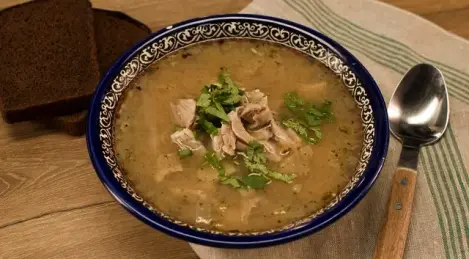
Kharcho with chicken
Usually kharcho is cooked in beef broth. But we decided to break the rules to get a slightly different, but no less tasty dish. Kharcho based on chicken will be more dietary, but in taste it will be the same famous Georgian soup, which you can easily
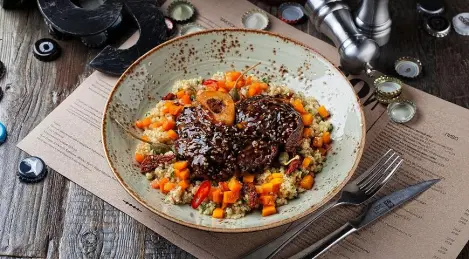
Ossobuco with bulgur and pumpkin
Ossobucco is a piece of beef shank that is stewed for a long time with vegetables and tomato. Served on bones.
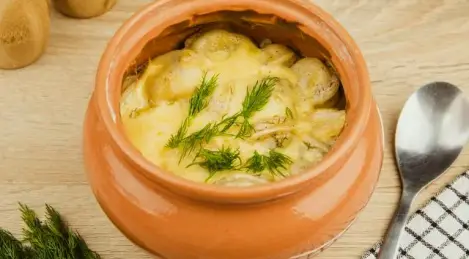
Dumplings baked with sour cream
Pelmeni are a familiar, filling and tasty dish. But you can cook them in a very original way: bake them in the oven with sour cream sauce. This option for cooking the dish will not take much time, but will please you with the result. Juicy meat in te




